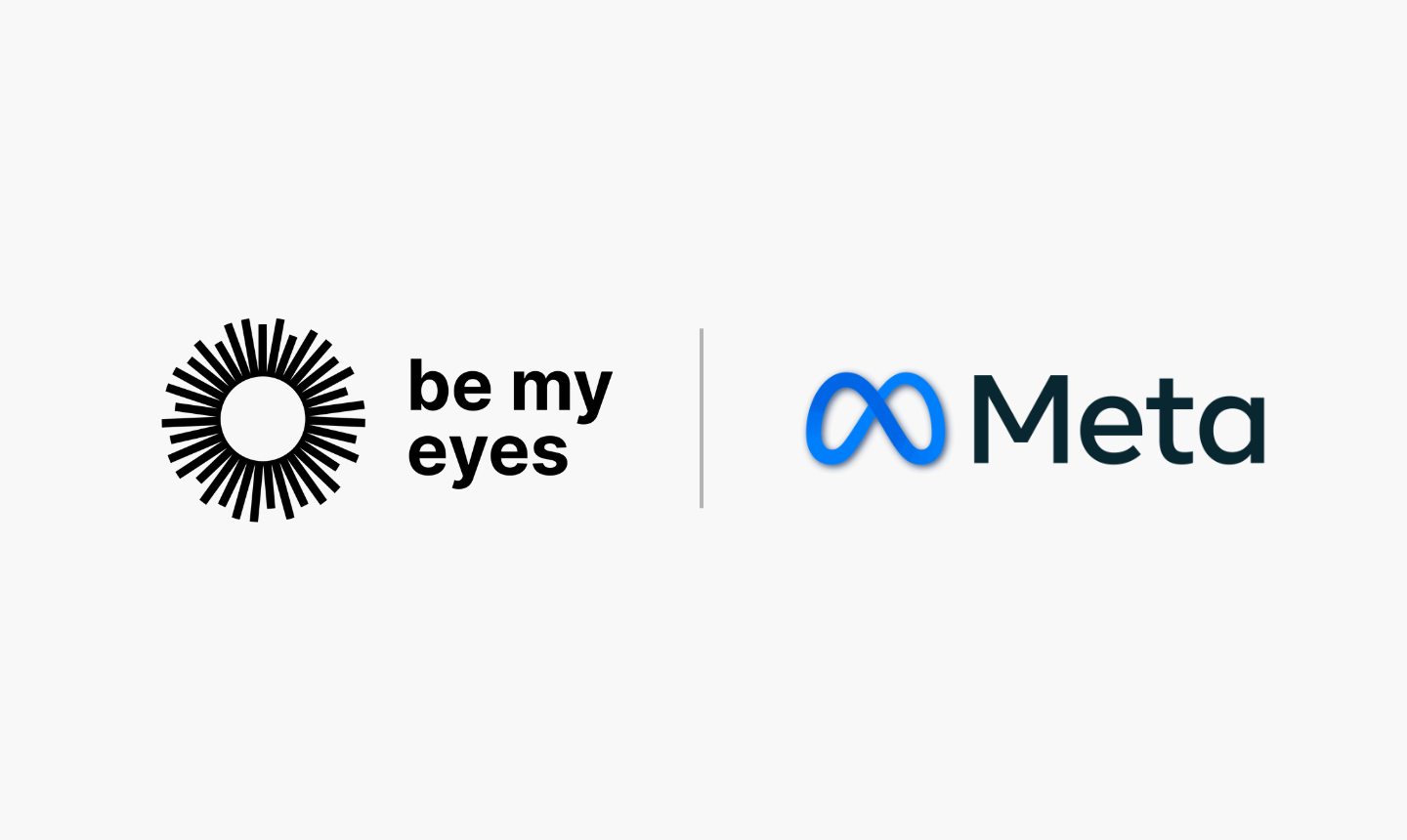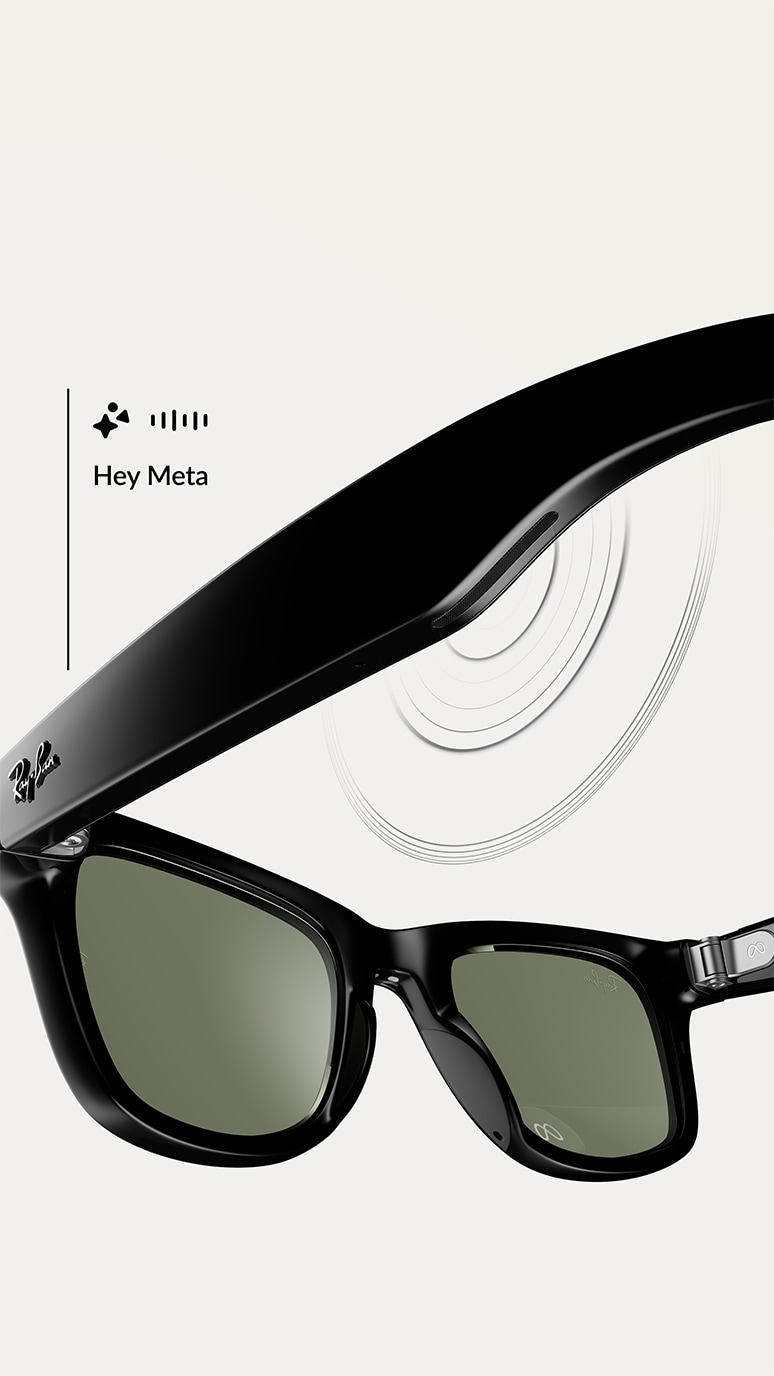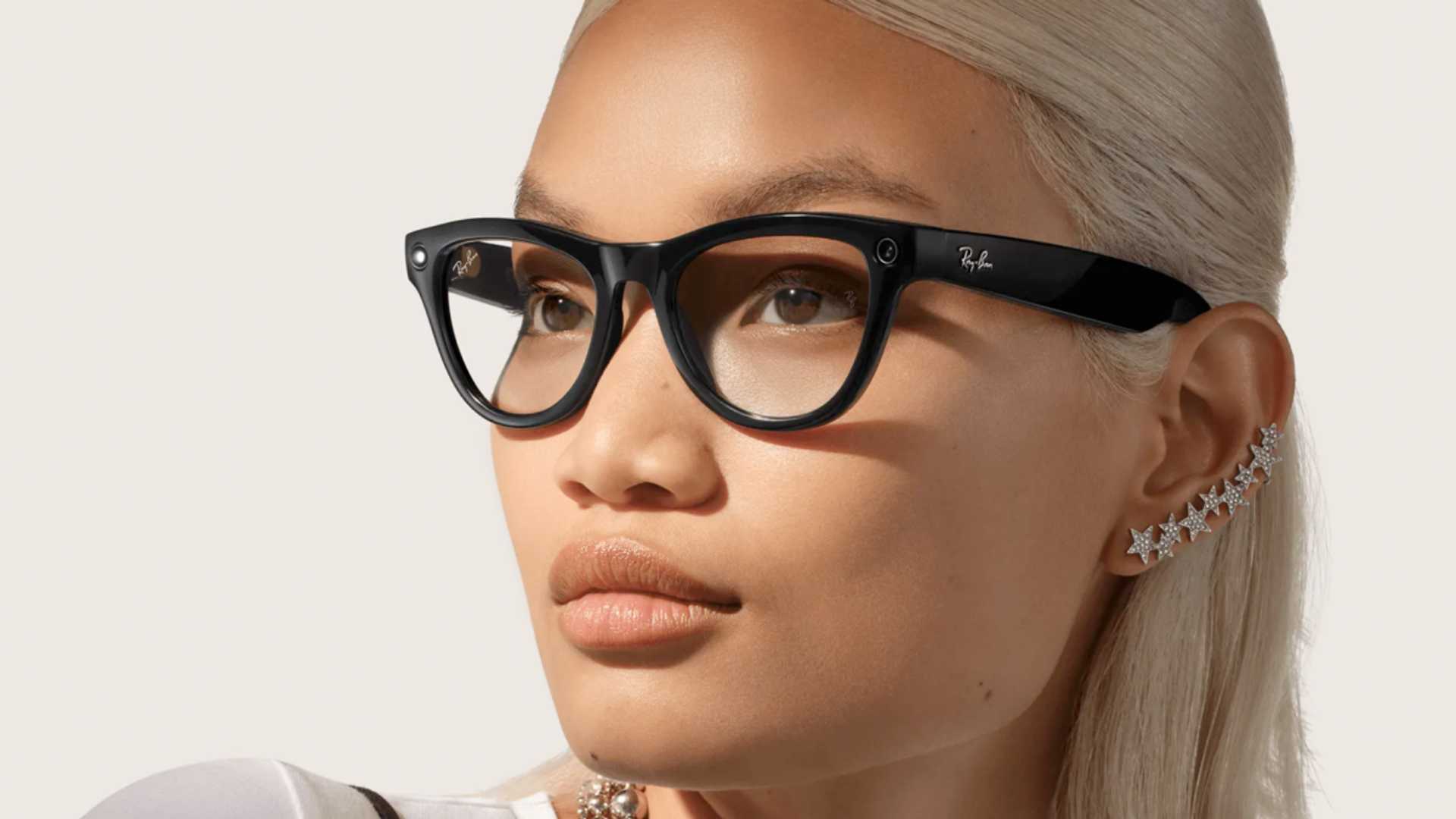Do Ray-Ban Meta smart glasses work as an accessibility device for ...
The Ray-Ban Meta smart glasses were first unveiled in 2023, the result of a collaboration between sunglasses company Ray-Ban and tech giant Meta, owner of Facebook and Instagram. Appealing to the fashion-conscious tech nerd, the voice-operated wearable not only allows users to take photos and make calls hands-free, but can also use AI to describe a user's surroundings.

Features of Ray-Ban Meta Smart Glasses
Though the Ray-Ban Meta was not designed as an accessibility device, its features may cause some to wonder whether it could moonlight as an accessibility device for people with low or limited vision. The glasses boast a relatively compact form factor similar to Ray-Ban's eyewear designs with various styles available. They utilize Meta's large language model Meta AI to answer users' queries, have a five-microphone system for voice commands, open-ear speakers, and a built-in 12 MP camera for photos and videos.
Accessibility Features and Limitations
While the Ray-Ban Meta glasses can be used to assist people with reduced vision, hearing, or mobility, they are primarily targeted at the average consumer. The glasses can be fitted with prescription lenses and are operated mainly by voice commands to Meta AI. One of the notable accessibility features is the partnership with Be My Eyes, a service connecting users with low vision to volunteers who can describe their surroundings through the glasses' camera.
However, aside from the Be My Eyes functionality, the Ray-Ban Meta glasses may not be the most practical choice as an accessibility aid. The AI assistant's responses to environmental queries are relatively vague, and its reading capabilities for text may not be accurate or consistent. While promising in theory, the glasses may not provide the level of assistance needed by individuals with low or limited vision.

Conclusion
In conclusion, while the Ray-Ban Meta smart glasses offer innovative features and potential for accessibility assistance, they may fall short in providing consistent and accurate support for users with low vision. Despite their advanced technology, users seeking dedicated accessibility aids may find better solutions elsewhere for now.




















